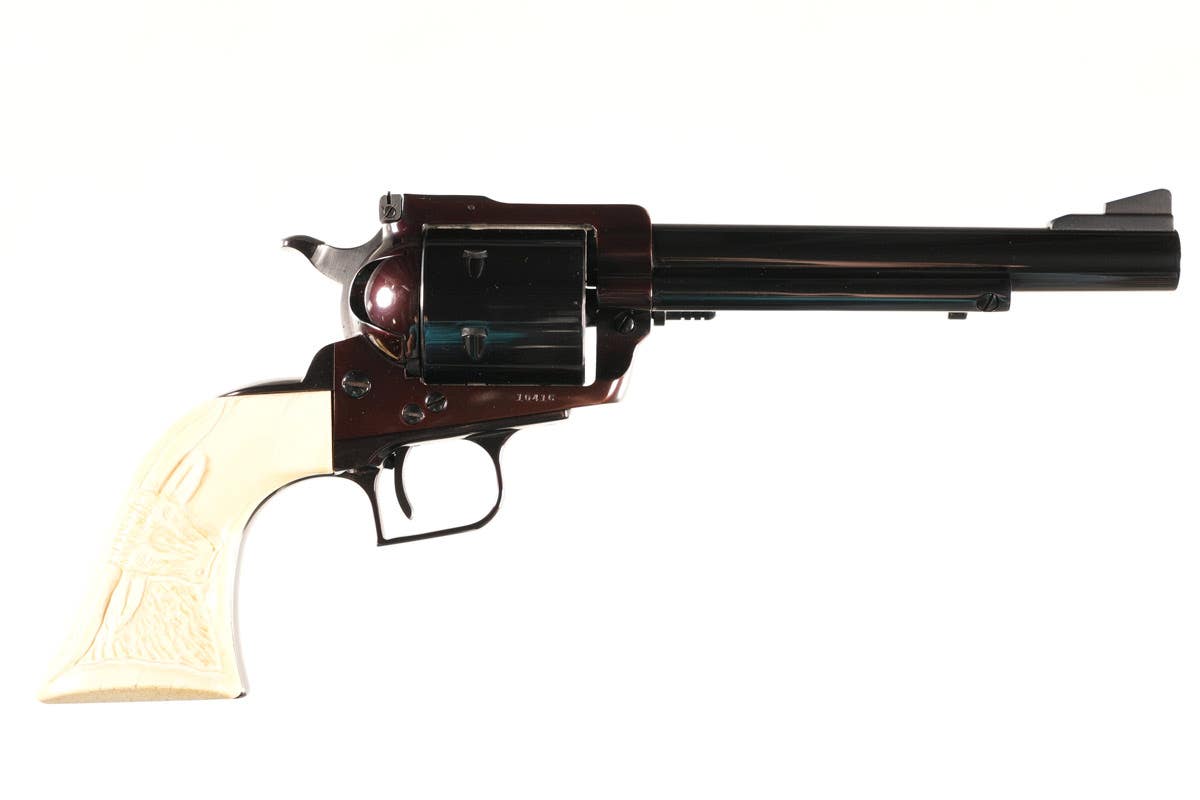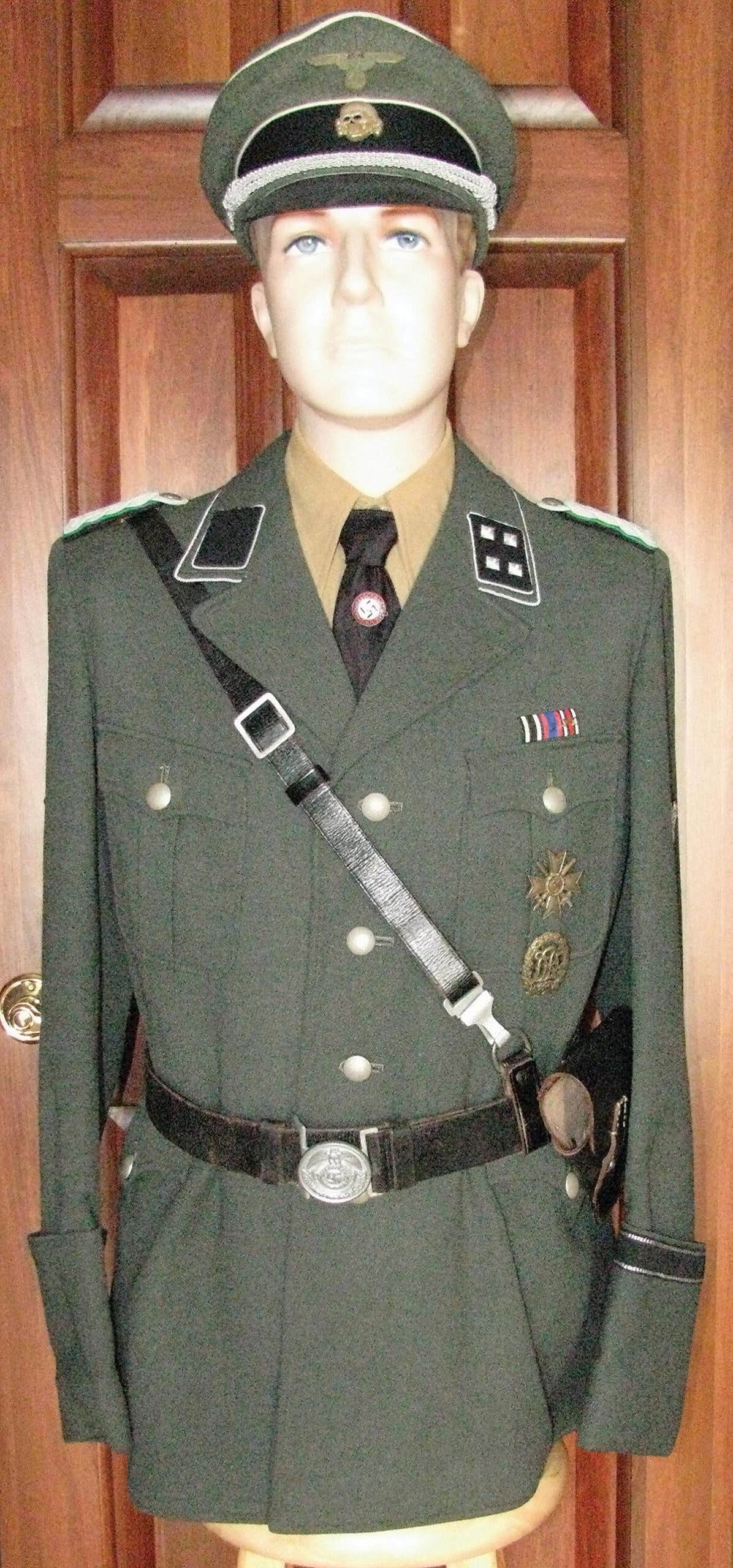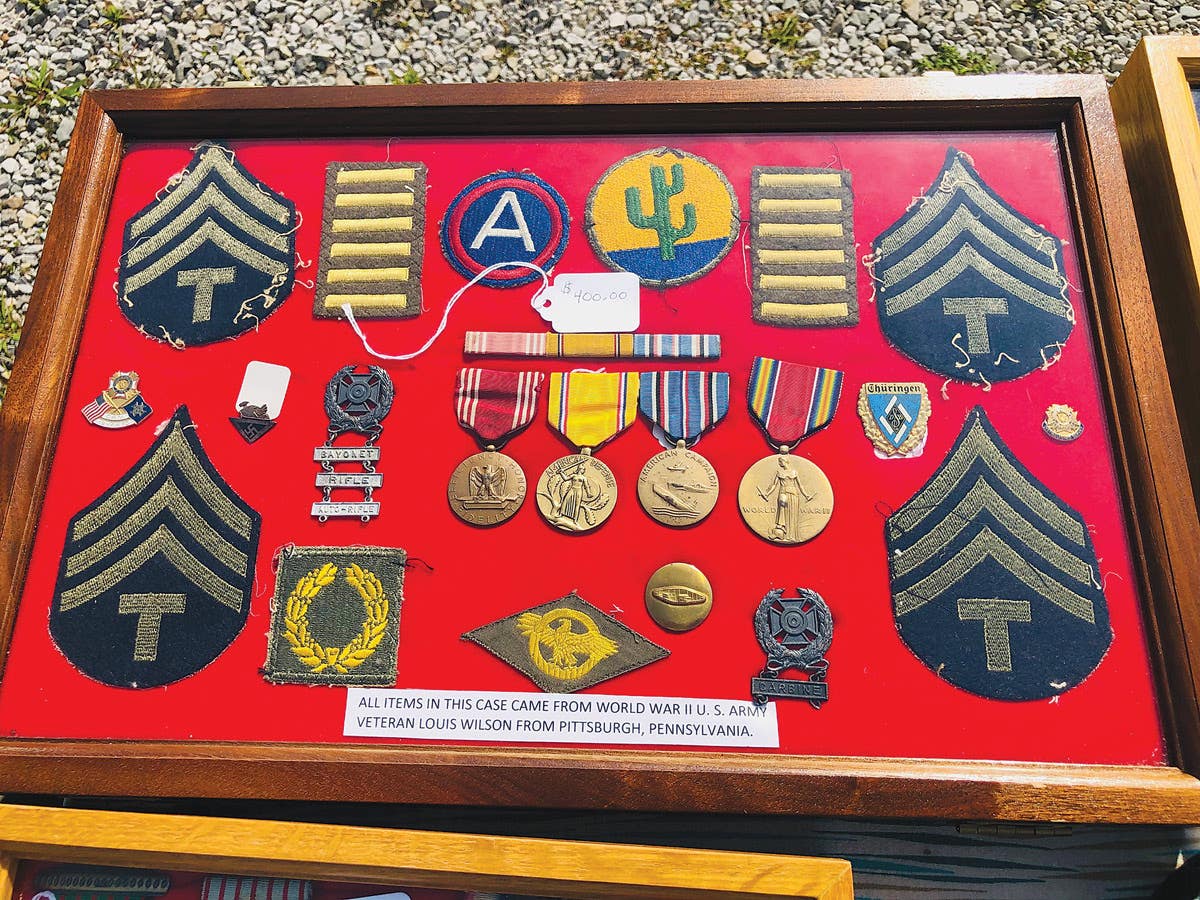American women and their evolving role in the military
While there are far more men than women in the US military, women have made a significant contribution the military, with some even serving in the front line. Figures from…
While there are far more men than women in the US military, women have made a significant contribution the military, with some even serving in the front line. Figures from the Department of Defense show that the US military has 71,400 active duty women. Out of these, 9,200 are currently deployed in different parts of the world including war zones. Just like their male counterparts, women in the military have different roles. To learn more, check out the infographic below created by Norwich University’s Online Military History Degree.
Caretakers
American women have been playing various caretaker roles from the time America was founded. During the revolutionary war, for instance, some women served as nurses taking care of injured soldiers, while others served as seamstresses preparing military uniforms. In addition, women served as cooks preparing much needed meals for the troops. American women also played a key role during the Civil war when about 6,000 women served as nurses tending to injured federal soldiers. In addition, more than 400 brave women disguised as men fought alongside men in the front line in both the Confederate and Union armies. Some women actually rose through the ranks to occupy senior positions during these wars. For instance, Dorothea Dix not only rose through the ranks to become the superintendent of female nurses, but also the first woman to serve in a high-ranking federal position.
Women in the US Army Nurse Corps
Women also proved their military aptitude during the Spanish-American war that was fought between 1898 and 1901. During this time, the US military was in dire need of highly qualified nurses to tend to injured soldiers, as well as deal with a ranging typhoid fever epidemic. On April 28, 1898, US lawmakers gave congressional authority to the Surgeon General to appoint female nurses on contract. This paved the way for the appointment of Dr. Anita M. McGee as the Acting Assistant Surgeon General. Immediately after appointment, Dr. McGee was tasked with recruiting women nurses to work for the Army. During her time as the Acting Assistant Surgeon General, Dr. McGee also drafted the bill that legally established the US Army Corps, which was later renamed Section 19 under the 1901 Army Reorganization Act. As such, more than 1,500 women joined the US Army Corps under contract and served in different parts of the world including China, Japan, Philippine Islands, and Puerto Rico. Women also served aboard floating hospitals and on US soil.
Women in Military Academies
Until the 1970s, women were not allowed to join senior military service academies and colleges. In fact, the 1970s marked a watershed moment for women in the US military. Nevertheless, the acceptance of women into the military’s elite and senior institutions did not occur overnight. To start with, Norwich University, which is billed as the oldest private military college in the US, allowed women to join the Corps of Cadets program in 1974 and in doing so became a trailblazer in the fight for gender equality in the US military. In particular, Norwich University implemented the full integration of women in its learning programs throughout the 1970s.
On October 7, 1975, the US President Gerald R. Ford signed into law a bill (Law 94-106) that allowed women to join US military academies starting in the fall of 1976. This enabled women to join institutions that had been the preserve of men up to that point in time. In fact, 119 women joined the venerated West Point military academy while 81 women enrolled at the US Naval Academy. In addition, 157 women entered the US Air Force Academy. Since then, more than 4,100 women have successfully graduated from West Point. In 2014, women accounted for 22% of West Point’s incoming cadets, which was an all-time high. In comparison, women accounted for just 16% of West Point enrollees in 2013.Over at the US Naval Academy, 19% of cadets enrolled in 2015 were women showing that American women are increasingly breaking into military bastions that have been traditionally been dominated by men.
Women and Military Leadership
American women are not just content with joining the US military. They are also challenging men for senior leadership positions. In fact, on January 24, 2013, the then US Secretary of Defense Leon Panetta rescinded a decades-old rule preventing women from joining and serving in military units. In fact, Panetta expressly required military departments to have completed reviewing policies governing assignment of personnel to military units and implemented his directive by January 1, 2016. Panetta’s successor Ashton Carter took up the fight for gender equality by announcing on December 3, 2015 that military combat positions would be open to all genders starting in January 2016. Until then, women were not allowed to join approximately 10% or 220,000 of positions available in the US military. In general, these proactive and gender-friendly measures have opened more than 111,000 positions to women since 2013.
This notwithstanding, the military’s senior command includes several women who have played significant leadership roles in recent wars including in Iraq and Afghanistan. Moreover, 289,512 women or 11.8% of all military personnel were deployed to active combat zones between 2001 and 2011. Out of these, 86,524 women were deployed to serve in Iraq and Afghanistan. It is worth noting that female service members accounted for 11.4% of military personnel deployed to Iraq. Besides this, women have smashed the military’s glass ceiling although their representation is still minor compared to their male peers. By the end of 2013, women accounted for 7.1% or about 69 of 976 general and flag officers actively serving in the US army.
Conclusion
Over the last century, the role of women in the US army has transitioned from nursing injured and sick soldiers to battlefront combat. The current crop of women in the military owes its privileges to pioneers such as Dorothea Dix who wrote the bill that established the Nurse Corps and entrenchment into the US Army. However, women were mostly consigned to lowly positions until the 1970s when military institutions such as Norwich University opened their doors to female enrollees. President Ford’s signing into law of Public Law 94-106 was a watershed moment for women because it enabled women to join hitherto male-dominated military institutions including West Point, US Air Force Academy, and the US Naval Academy.








